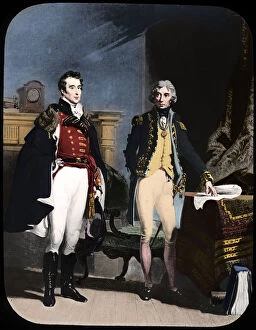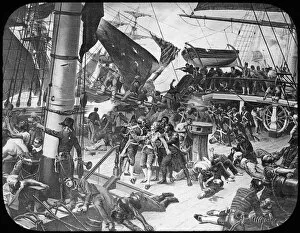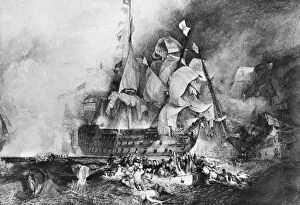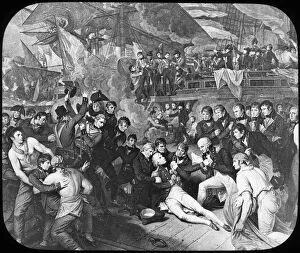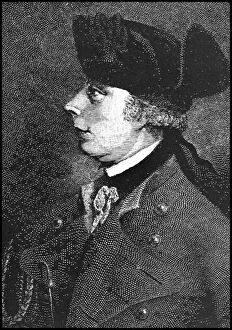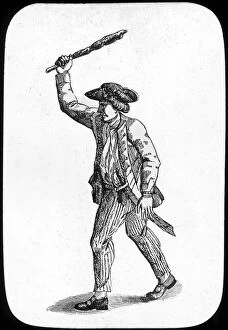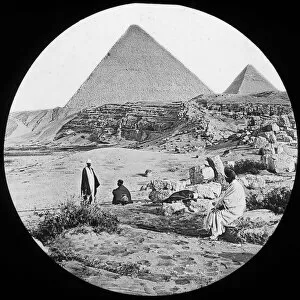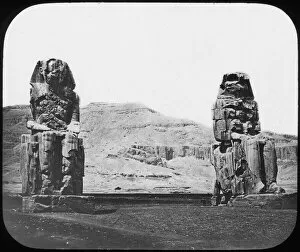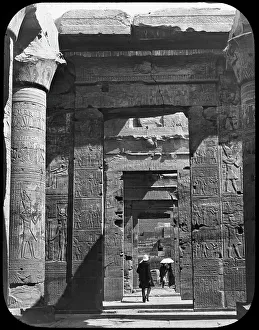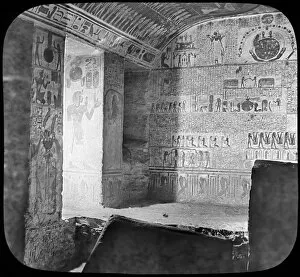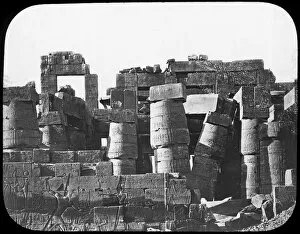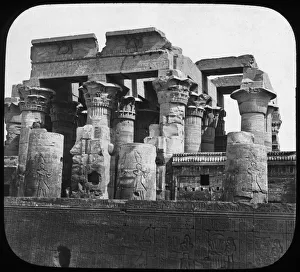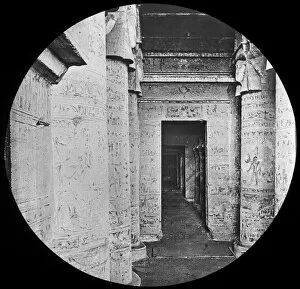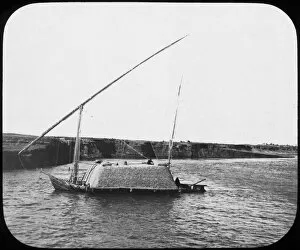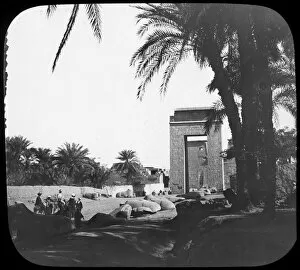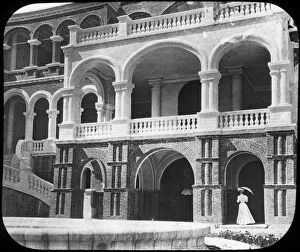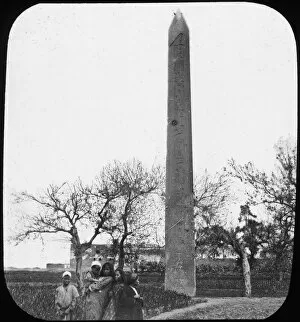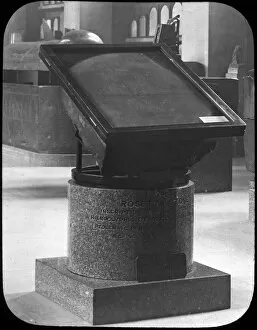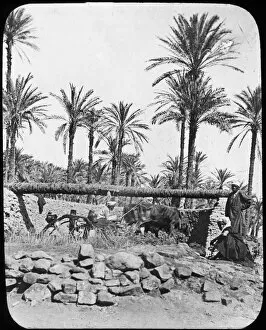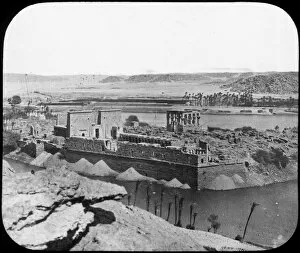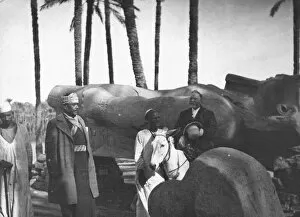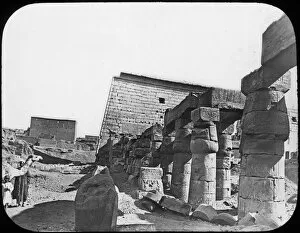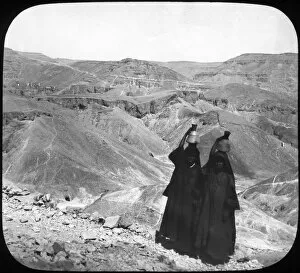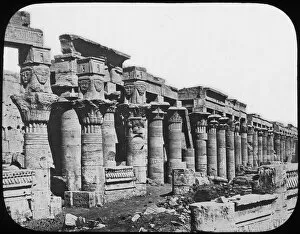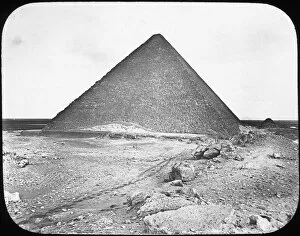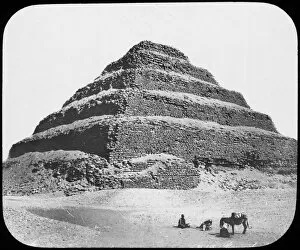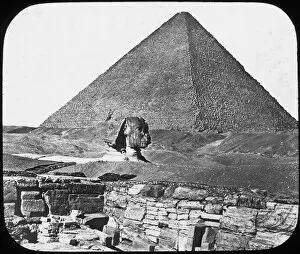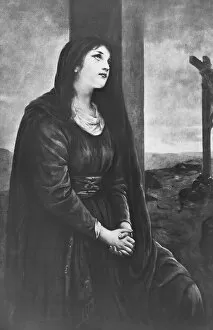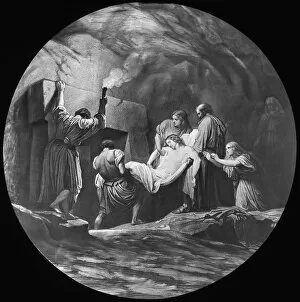Newton Co Collection
"Capturing History: Newton & Co's Artistic Legacy" Step into the world of history with Newton & Co, a renowned artistic duo capturing iconic moments and places
For sale as Licensed Images
Choose your image, Select your licence and Download the media
"Capturing History: Newton & Co's Artistic Legacy" Step into the world of history with Newton & Co, a renowned artistic duo capturing iconic moments and places. From the grandeur of The Army and Navy, Wellington and Nelson in 1805 to the deck of HMS Victory during that same year, their art transports us back in time. Intricately depicting Admiral Lord Nelson wounded at the Battle of Trafalgar, Newton & Co's attention to detail is awe-inspiring. Their portrayal of James Wolfe, an esteemed British soldier from the 18th century, showcases their ability to bring historical figures to life on canvas. Not limited by borders or boundaries, Newton & Co ventured beyond Britain's shores. They beautifully illustrated a British sailor wielding a club in 1779 as well as breathtaking scenes from Egypt such as The Great Pyramids in Giza and the Colossi of Memnon in Luxor (Thebes). Their artwork also takes us deep into ancient Egyptian civilization with depictions of temple entrances like Kom Ombo and the magnificent Great Temple at Karnak. Additionally, they unveil secrets hidden within burial chambers like Rameses VI's sarcophagus in Valley of the Kings. Newton & Co's talent for capturing significant events extends beyond battles and military triumphs. Their work includes poignant scenes such as the ruins of Mahdi's tomb in Omdurman—a haunting reminder of Sudanese history. Through their masterful brushstrokes, Newton & Co immortalize moments that shaped our world—moments filled with bravery on warships like HMS Victory or valor displayed by legendary figures like Admiral Lord Nelson himself. As we gaze upon these artworks today, we are transported back centuries ago when heroes roamed battlefields and civilizations flourished. Thanks to Newton & Co’s dedication to preserving history through artistry, we can still marvel at these remarkable snapshots frozen forever on canvas.

